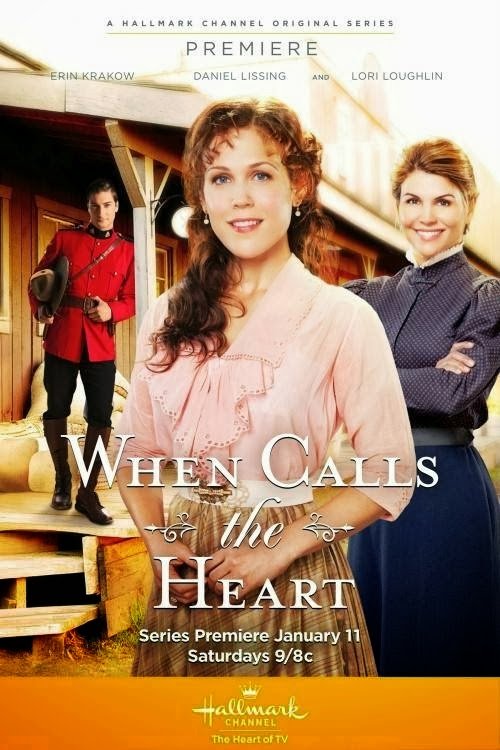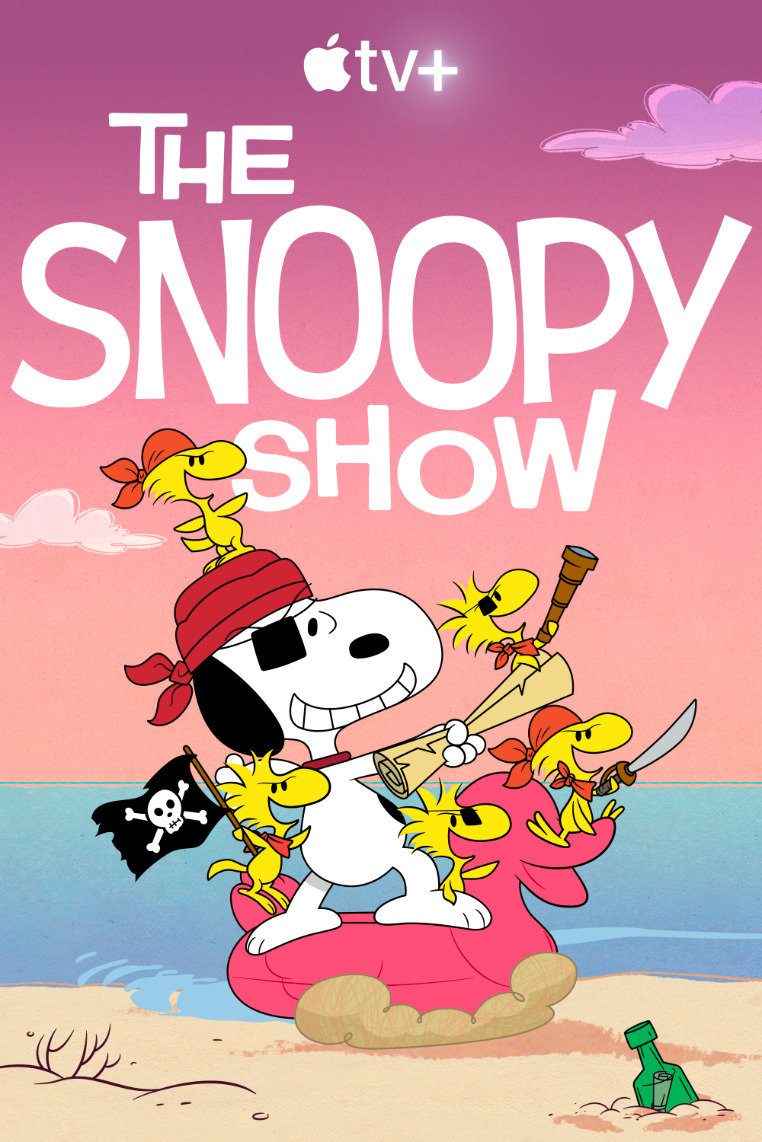"A Glimpse into a Life with Mental Illness"
| None | Light | Moderate | Heavy | |
|---|---|---|---|---|
| Language | ||||
| Violence | ||||
| Sex | ||||
| Nudity |
What You Need To Know:
ELIZABETH BLUE is Vincent Sabella’s first feature. It’s an honest depiction of the battles people with mental illness endure every day. The movie has screened at various events to help raise awareness for mental illness. The movie uses extreme close-ups of Elizabeth’s face and conversations between her fiancé, mother and therapist to advance the story. However, it’s a slow-paced movie that plays like a staged documentary inside the life of one woman and the daily tasks she struggles with because of her illness. Despite its moral worldview, the disturbing scenes of schizophrenia outbursts, promiscuity and use of therapeutic drugs in ELIZABETH BLUE warrant extreme caution.
Content:
(B, H, Ro, L, V, SS, NN, AA, DD, MM) Dominant moral worldview promotes love, compassion and kindness, including during woman’s treatment her fiancé and therapist work hard to provide constant love and support, but it’s mixed with some humanist psychotherapy with no reliance on God, there are Romantic elements where people are controlled by their emotions, and [SPOILER] protagonist is placed back in a mental institute after man-made drugs and therapy don’t improve her state of mind; one “h” word and one light profanity; violence includes disturbing scenes of mental illness, such as woman suffers from hallucinations and woman clutches her head and cries out loudly, mother slaps daughter in face, daughter rams head against wall; depicted sexual promiscuity, man and woman kiss and cuddle and sleep with one another before marriage, man and woman live together before marriage, man and woman take off clothes and kiss passionately; rear female nudity; implied drunkenness, daughter reminisces about her childhood when her mother drank too much alcohol, mother comes to visit daughter and daughter smells alcohol on her breath; no smoking but some drug abuse when protagonist goes through various prescribed pills to help with her mental illness; and, moderate miscellaneous immorality includes greed, envy and dysfunctional family portrayals.
More Detail:
ELIZABETH BLUE is the story of a young woman living with mental illness and how she must cope after being released from a mental hospital. ELIZABETH BLUE has a positive moral worldview promoting love and compassion toward people suffering mental illness, but the movie’s disturbing scenes of schizophrenia outbursts, promiscuity and use of therapeutic drugs warrant extreme caution.
ELIZABETH BLUE opens up with a shot of Elizabeth on the phone with her Mother. She informs her she is going to be married. Her Mother questions her engagement to her fiancé reminding her she lived with her boyfriend before marriage, and he may have felt obligated to propose on that fact alone. Elizabeth hangs up the phone trying to drown out her Mother’s negative response to her engagement out of her mind. She walks to the bathroom mirror, stares at herself and tells herself out loud he does love her. Elizabeth lives with her fiancé, Grant, in a simple apartment with white walls and a few pieces of furniture. She has just been released from the mental institute and is trying to assimilate back into the real world with his help.
She spends her days going to therapy and trying new medications to stabilize her moods. Grant sits with her through each therapy session. He encourages her, supports her and reminds her how much he loves her. Yet, he too is struggling. Grant loves Elizabeth but fears her feeling of hopelessness will never change. He jogs in the afternoons to decompress from the intensity of her moods. Elizabeth sees this as his desire to leave her and sinks deeper into feelings of worthlessness and not being good enough.
One evening, Elizabeth’s mother comes by to see her. She is appalled she is living with her fiancé and struck by her homely appearance. She invites her to go shopping and urges her to put on some makeup. Elizabeth says no which sparks a hostile feud between the two. Elizabeth’s mother screams at her daughter and blames her mental struggles for being the reason her father walked out on their family. She reminds Elizabeth it was because of her outbursts and mental episodes he left them. Elizabeth shouts back at her Mom and informs her that her addiction to cheap bottles of wine didn’t help. Her Mother slaps her across the face and leaves. This intense scene triggers feelings of sorrow in Elizabeth. She soon finds herself back in therapy, only this time she can’t snap out of her depressive state.
ELIZABETH BLUE ends tragically, but it’s a realistic, honest depiction of what happens to a majority of people living with mental illness. It uses extreme close-ups of Elizabeth’s face and conversations between her fiancé, mother and therapist to move the story forward. The filmmakers imply medicating someone is not the solution to mental illness. They show people need a supportive family and lots of love to overcome mental illness. ELIZABETH BLUE has an engaging narrative, but the slow pace plays like a staged documentary look inside the life of one woman and the daily tasks she struggles with because of her illness. Despite its moral worldview, the disturbing scenes of schizophrenia outbursts, promiscuity and use of therapeutic drugs in ELIZABETH BLUE warrant extreme caution. Ultimately, people not only need love and compassion from others to help them overcome or cope with mental illness, they also need a strong Christian faith centered on a strong personal relationship with Jesus Christ as their Lord and Savior. Lots of prayer and Bible reading should be part of that Christ-centered life.
Now more than ever we’re bombarded by darkness in media, movies, and TV. Movieguide® has fought back for almost 40 years, working within Hollywood to propel uplifting and positive content. We’re proud to say we’ve collaborated with some of the top industry players to influence and redeem entertainment for Jesus. Still, the most influential person in Hollywood is you. The viewer.
What you listen to, watch, and read has power. Movieguide® wants to give you the resources to empower the good and the beautiful. But we can’t do it alone. We need your support.
You can make a difference with as little as $7. It takes only a moment. If you can, consider supporting our ministry with a monthly gift. Thank you.
Movieguide® is a 501c3 and all donations are tax deductible.

Now more than ever we’re bombarded by darkness in media, movies, and TV. Movieguide® has fought back for almost 40 years, working within Hollywood to propel uplifting and positive content. We’re proud to say we’ve collaborated with some of the top industry players to influence and redeem entertainment for Jesus. Still, the most influential person in Hollywood is you. The viewer.
What you listen to, watch, and read has power. Movieguide® wants to give you the resources to empower the good and the beautiful. But we can’t do it alone. We need your support.
You can make a difference with as little as $7. It takes only a moment. If you can, consider supporting our ministry with a monthly gift. Thank you.
Movieguide® is a 501c3 and all donations are tax deductible.




 - Content:
- Content: 






